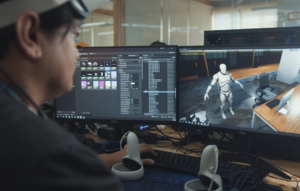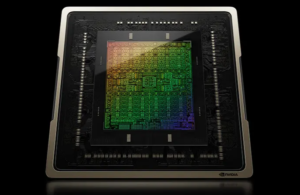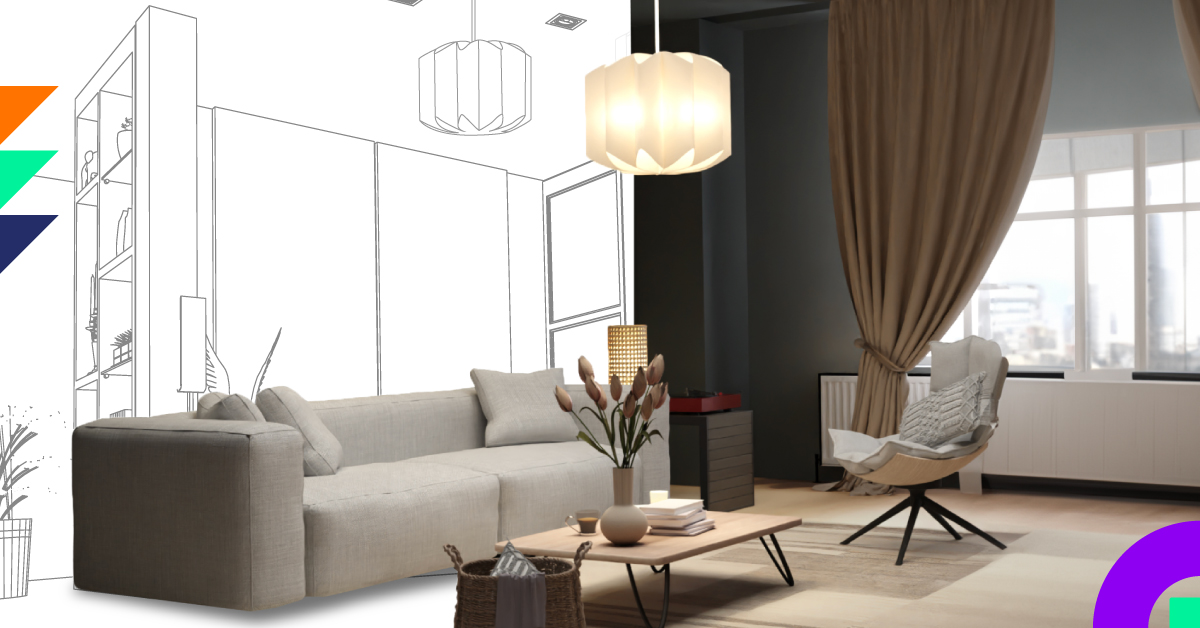The Future of 3D Rendering: Trends and Challenges
by Regina Manulid • October 25, 2023
The demand for 3D rendering is growing and shows no sign of stopping. Today, content rendered in 3D is increasingly consumed in many forms. From movies to video games, advertising, architecture and more, 3D rendering is used to create striking visuals for a wide range of purposes. What will the future of this field look like? Here, we’ll discuss some trends, predictions, and recommendations moving forward.
3D Rendering in the Future
Using 3D rendering, artists are able to create realistic and detailed 3D models that can have several applications. As goes with tech, significant improvements have been made to the process over the years. However, while 3D rendering has been around for decades, the recent advances in technology and the growing influence of artificial intelligence (AI) have rapidly taken the field to new frontiers.
The rendering process entails many tasks, and more of these tasks have been automated by machine learning and AI. They are likely to play an even more important role in 3D rendering, resulting in the faster production of high-quality images and animations.
There has also been a significant growth in real-time rendering and virtual reality (VR) technology. Software like Unreal Engine and Unity are making it easier to create immersive experiences by rendering 3D environments in real-time. This innovation has opened new possibilities in industries as automotive design and gaming, among many others.
[caption id=“attachment_3839” align=“aligncenter” width=“300”] Source: RipeConcepts[/caption]
Source: RipeConcepts[/caption]
Another emerging trend in 3D rendering is the integration of augmented reality (AR) technology. This innovation is making it possible to overlay digital 3D models onto the real world in real-time. For example, AR technology is present in the furniture and interior design industries. This allows customers to visualize how different pieces will look like in their homes and spaces before fully committing to purchasing them.
Challenges in 3D Rendering
As in any domain, the field of 3D rendering has its specific challenges. Because of the advancements in this technology and the rate at which they are happening, one of its biggest challenges is the demand for faster rendering times. The trend of increasing numbers of polygons and complexity of models makes it more difficult to produce high-quality renderings in a short amount of time.
Additionally, the challenge of rendering complex, realistic details efficiently is an essential concern in the 3D rendering industry. This challenge arises because of how 3D modeling and rendering software has gotten more complex over time, requiring high processing power and better (and more expensive) hardware.
[caption id=“attachment_3838” align=“aligncenter” width=“300”] 3D rendering will demand increasingly powerful hardware and specs in the future. Image source: NVIDIA[/caption]
3D rendering will demand increasingly powerful hardware and specs in the future. Image source: NVIDIA[/caption]
It’s important to be able to balance the amount of detail in a render and the time it takes to render it. For higher-quality renderings, users may need to wait for hours or even days for the render to complete. In the future, we should expect to see powerful software and hardware that will facilitate faster and better renderings.
Speaking of powerful and complex software, improving the user interface and experience of 3D rendering software is a challenge for software developers in particular.
The Future of the 3D Professional
Given these developments, it’s important to keep upskilling as a 3D artist in order to stay relevant and deliver top-notch results. Here’s what they need to do:
- Learn about the latest trends and technologies: Stay up to date on developments in the 3D design sphere. 3D designers and modelers don’t have to immediately pick up and adapt to every new shiny thing that comes along. However, knowing what’s out there will be helpful.
- Experiment with different software packages: Each one has its own strengths and weaknesses, and it seems different industries prefer different 3D software. A 3D artist should experiment with different packages to find something that best suits their needs and workflow.
- Don’t forget the fundamentals: While it’s true that AI and software have made 3D modeling and rendering easier, the user should take the lead as a 3D artist. Mastering the basics of lighting, composition, color theory, and other principles are vital. This solid foundation, combined with creativity and attention to detail will always be valuable, no matter how sophisticated one’s digital tools are.
The future of this industry is bright, and there are many exciting opportunities for all. 3D professionals should train constantly and stay ahead of the curve. This is how they can position themselves for success in a rapidly growing industry.
Experts in 3D Rendering Services
In conclusion, businesses, marketers, and 3D practitioners alike would do well to prepare for the future of 3D rendering. For the highest-quality 3D designs and renderings, nothing beats 3D designers with artistic talent, technical expertise, and the drive to constantly learn and lean into the future of 3D rendering. As a creative service boutique, RipeConcepts has its own dedicated 3D team that creates stunning visuals for various purposes. If you want engaging marketing, immersive experiences, and realistic and captivating ways of showcasing products, RipeConcepts can bring your vision to life and meet your specifications and budget. Get a quote for your 3D project here.

3d-modeling, 3d-rendering



